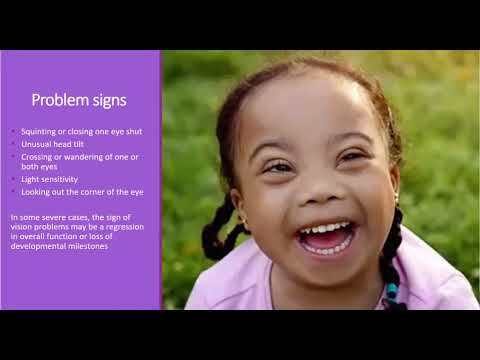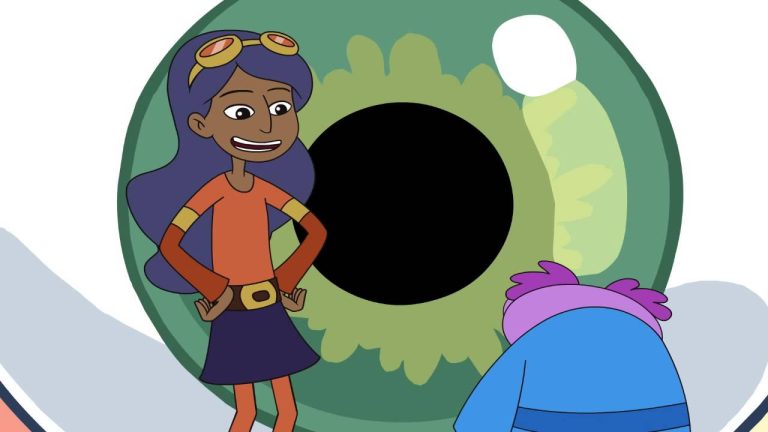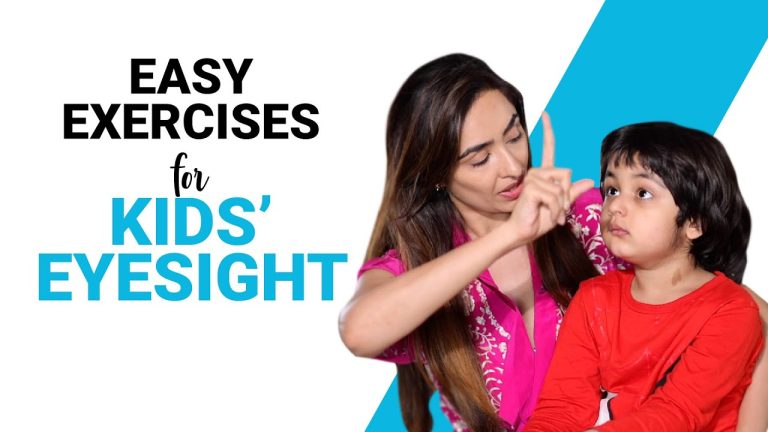Why Vision Screenings for Children Are Crucial for their Eye Health: Tips from Optical Experts
Good vision is essential for a child’s learning and development. It is important to identify any vision problems in children at an early age because untreated vision problems can lead to serious issues later on in life. Vision screenings are an essential part of a child’s overall health and should be done regularly.
At OptiCare, we believe in the importance of regular vision screenings for children. Our team of experienced optometrists is dedicated to ensuring that your child’s vision is properly evaluated and any necessary treatment is provided. We offer a wide range of optical and vision care products that are specifically designed for children.
Importance of Vision Screenings for Children
The American Optometric Association recommends that children have their first comprehensive eye exam at 6 months of age. This exam can help to identify any vision problems that may be present at an early age. After this initial exam, children should have a comprehensive eye exam at least once every two years, or as recommended by their optometrist.
Regular vision screenings are essential for several reasons. Firstly, they can identify any vision problems that may be present. Many children may not realize that they have a vision problem, and may not report any issues to their parents or teachers. Secondly, vision problems can lead to academic difficulties. If a child is unable to see the board or read their textbooks, they may have difficulties in school. Thirdly, untreated vision problems can lead to long-term health issues such as amblyopia, or lazy eye.
Types of Vision Screenings
There are several types of vision screenings that can be done for children. The most common type of screening is a visual acuity test. This test measures how well a child can see from a distance. Other types of screenings include color vision tests, depth perception tests, and tracking tests.
Visual Acuity Test
The visual acuity test is the most common type of screening. It involves a chart with letters of varying sizes. The child is asked to read the letters from a distance. This test can detect nearsightedness, farsightedness, and astigmatism. If any of these conditions are detected, the child will be referred to an optometrist for a comprehensive eye exam.
Color Vision Test
The color vision test is used to screen for color blindness. It is important to identify color blindness in children as it can impact their ability to learn and perform certain tasks. The most common type of color vision test is the Ishihara test. This test involves a series of plates with dots of varying colors and sizes. The child is asked to identify the number or shape within the dots.
Conclusion
In conclusion, vision screenings are an essential part of a child’s overall health. They can help to identify any vision problems that may be present and ensure that any necessary treatment is provided. At OptiCare, we believe in the importance of regular vision screenings for children. Our team of experienced optometrists is dedicated to ensuring that your child’s vision is properly evaluated and any necessary treatment is provided. Contact us today to schedule your child’s vision screening.
Contents
Most wanted in Hoya Vision:
What are prism eyeglass lenses?
Hoya Lens Engravings
What brand lenses does Costco use?
What does +0.25 mean on an eye test?
Do tinted glasses help with migraines?
Should eyeglasses cover eyebrows?
Hoya Identification Chart
What LED light is best for broken capillaries?
What is the difference between Ray Ban RB and Rx?
Does hyperopia worsen with age?
















